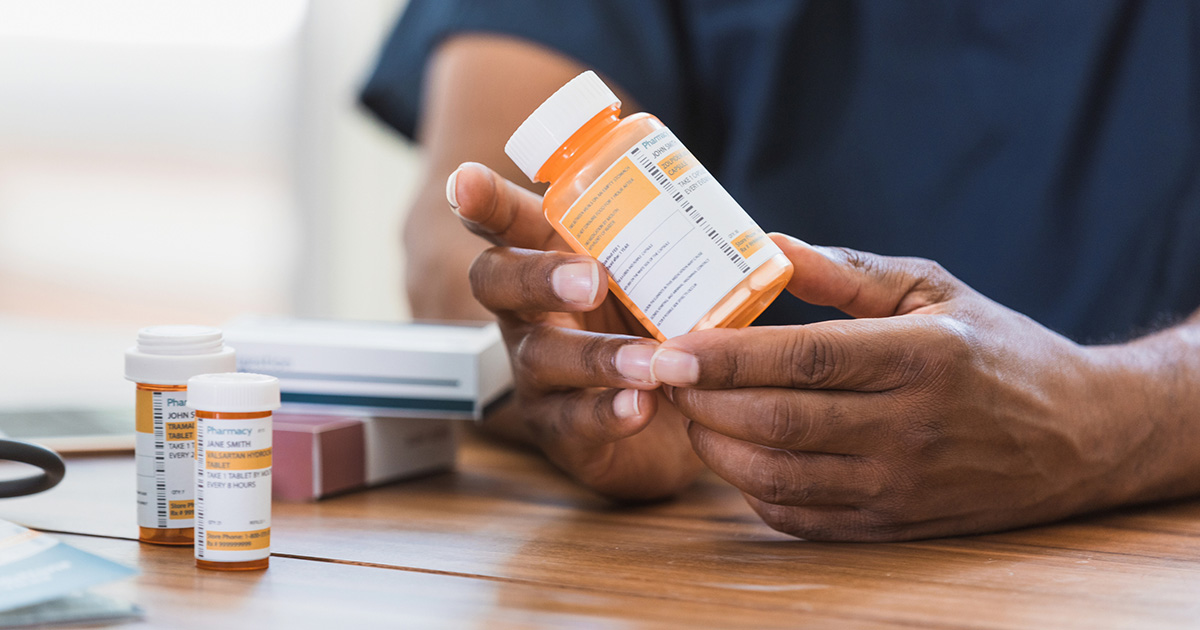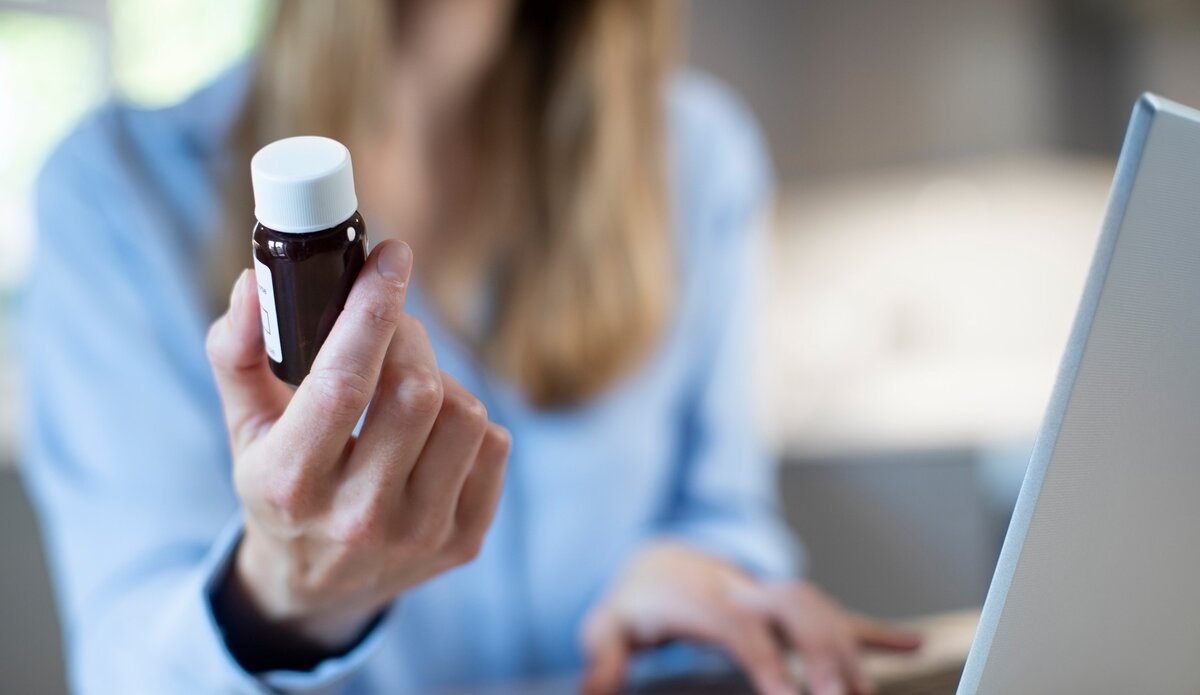What Is Medication Assisted Treatment?
A person experiencing a substance use disorder often experiences altered brain chemistry. As the brain becomes accustomed to the effects of a particular drug, it changes and becomes dependent on that chemical change. It can take months, years, or even decades to develop and sustain patterns of behavior. When a person first comes to treatment for a substance use disorder, it is likely that they experience dysfunctional or disordered thinking, defense mechanisms, and neurochemical changes that can make achieving and sustaining sobriety an uphill battle. Though some people may not understand all the implications of using drugs to help repair the mind, medication under the supervision of a professional can make the detox journey feel much less like an uphill battle. Medication Assisted Treatment, or MAT, can help make the process easier and increase the chances for a successful, long term recovery.
MAT combines the use of evidence-based, cognitive behavioral therapies with FDA-approved medications for the treatment of substance use disorders. Currently, MAT is primarily used for the treatment of Opioid Use Disorder (OUD) and Alcohol Use Disorder (AUD). The combination of these two interventions can help an individual achieve and sustain long-term recovery. MAT treatment works to ease symptoms of withdrawal, reduce cravings, and allows
individuals to focus on making lifestyle changes that can help sustain sobriety. The ultimate intention of a MAT treatment program is to help people become self-sufficient.
How Does a MAT Treatment Program Work?
A MAT treatment program takes a whole person approach to treatment and is in line with the harm-reduction model of medical care. A MAT program can help sustain recovery in those who struggle with addiction. They are FDA approved to treat alcohol and opioid dependency, including dependency on prescription pain pills and heroin. The medication prescribed will vary by the individual and their needs. In general, however, MAT works to block the euphoric effects of using opioids or alcohol. It additionally helps normalize the body’s processes, including chemical processes in the brain and physiological mechanisms that can lead to the symptoms of withdrawal. All MAT programs must be approved by the Food and Drug Administration and are often certified by the Substance Abuse and Mental Health Services Administration (SAMHSA). It is important to note that not everyone will be eligible to use MAT – for example, those taking benzodiazepines for an anxiety disorder cannot take MAR medications, as a fatal interaction can occur.
MAT Effectiveness
 One of the most common questions people have about medication assisted treatment programs is, “are they really effective?” The short answer is yes. Research widely supports the use of MAT in individuals experiencing an opioid or alcohol use disorder. Studies have shown that people on MAT have better outcomes than those who go through treatment without medications. The benefits of MAT are numerous: for example, research supports the notion that MAT significantly reduces the risk of relapse. It has also been shown to be effective in preventing infectious diseases linked to drug use, such as HIV and Hepatitis C. Thirdly, MAT has been linked to lower rates of overdose. For example, in Baltimore, rates of opioid overdose dropped significantly when adoption of buprenorphine, a medication used in the treatment of opioid use disorder, became more widespread. A wide body of literature supports the notion that MAT is more effective than other interventions alone in reducing drug and alcohol use, preventing relapse, and even increasing patient survival.
One of the most common questions people have about medication assisted treatment programs is, “are they really effective?” The short answer is yes. Research widely supports the use of MAT in individuals experiencing an opioid or alcohol use disorder. Studies have shown that people on MAT have better outcomes than those who go through treatment without medications. The benefits of MAT are numerous: for example, research supports the notion that MAT significantly reduces the risk of relapse. It has also been shown to be effective in preventing infectious diseases linked to drug use, such as HIV and Hepatitis C. Thirdly, MAT has been linked to lower rates of overdose. For example, in Baltimore, rates of opioid overdose dropped significantly when adoption of buprenorphine, a medication used in the treatment of opioid use disorder, became more widespread. A wide body of literature supports the notion that MAT is more effective than other interventions alone in reducing drug and alcohol use, preventing relapse, and even increasing patient survival.
SAMHSA also links MAT to positive outcomes such as:
- Better retention in treatment
- Enhanced abilities for patients to attain and retain employment
- Decreases in criminal activity
- Positive outcomes for both mother in baby, when a pregnant mother seeks treatment for opioid dependency
and Human Services, Tom Price, even infamously said that MAT was “substituting one drug for another.” This claim is simply untrue. MAT medications work to block cravings and negate the euphoric effects of the drug causing the addiction. They have little potential for misuse and most have little risk of dependency. While MAT programs require close and consistent monitoring by a qualified provider, they are both safe and effective.
What Medications Are Used in MAT?
The FDA currently approves medications for the treatment of addiction to opioids and alcohol.

Opioid Dependency Medications
The FDA currently only approves three medications for the treatment of opioid dependency: buprenorphine, naltrexone, and methadone.
Buprenorphine
As a partial opioid agonist, buprenorphine is prescribed to treat individuals who experience a dependency on an opioid such as oxycontin, Vicodin, or heroin. Unlike other options like methadone, a person can obtain buprenorphine directly from their doctor’s office. At the same time, buprenorphine must accompany other aspects of a comprehensive recovery program that addresses the individual’s psychosocial and supportive needs. Alone, buprenorphine can be a drug of abuse, so most formulations are compounded with naloxone, which can trigger withdrawal symptoms with attempted misuse.
Sublocade
Sublocade, a buprenorphine product, blocks the effects of opioids. Buprenorphine is the active ingredient in a Sublocade depot injection that blocks opioid receptors to facilitate the clinical effect. Sublocade is a form of FDA-approved medication assisted treatment (MAT) for patients suffering from opioid abuse/dependence.
Methadone
Methadone is one of the oldest medications approved for the treatment of opioid use disorder. It works to control cravings and can alleviate the symptoms of withdrawal. All methadone must be dispensed at a certified Opioid Treatment Program and requires strict adherence to protocols. As such, other medications like buprenorphine and naltrexone have become more popular in recent years.
Naltrexone
Naltrexone has a slightly different mechanism of action compared to methadone and buprenorphine. It can be used to treat both opioid and alcohol use disorders. It works by blocking opioid receptors, so if a person takes naltrexone and then tries to take alcohol or opioids, they will not experience any of the euphoric effects. It also works to decrease urges to drink alcohol or take opioids. It can decrease tolerance to opioids, so a relapse can result in fatal respiratory depression. In general, however, Naltrexone is a safe medication with no potential for abuse and few side effects.
MAT Medications for Alcohol Use Disorder
MAT therapy for AUD involves one of three medications: disulfiram, acamprosate, and naltrexone. Like MAT treatment for OUD, each of these medications must be accompanied by therapies and other evidence-based interventions tailored to the individual.
Disulfiram
Disulfiram works by creating unpleasant side effects when a person taking it decides to drink. Even after consuming a little bit of alcohol, a person can experience side effects such as nausea, vomiting, diarrhea, vertigo, flushing, headache, and heart palpitations. The effects can last for an hour or more and are intended to keep the individual from drinking. In order for disulfiram to work, a person must be committed to the treatment schedule and staying sober. It can be particularly useful for triggering social situations like parties.
Acamprosate
Acamprosate is intended to prevent relapse for an individual newly in sobriety. It is especially helpful in the treatment of Post-Acute Withdrawal Syndrome (PAWS). PAWS can occur anytime within the first two years of treatment and is believed to be the result of changed brain chemistry during the period of heavy alcohol use. Specifically, neurological adaptations in neurotransmitter systems like the GABA system can lead to hyper-excitability. Acamprosate can calm this hyperactivity and reduce the symptoms that result, such as insomnia, restlessness, and anxiety.
Naltrexone
Just as it works for opioid use disorder, Naltrexone works to reduce the good feelings a person may feel from being intoxicated. This helps people stay sober and reduce their drinking behaviors so they can successfully continue other aspects of their treatment.
Pros and Cons of Medication Assisted Treatment
Like any other treatment option, medication assisted treatment comes with both benefits and risks. The primary benefits include reduced chance of relapse and overdose, in addition to decreased use of substances and reduced rates of infectious disease transmission. Possible risks are the side effects of each medication. Individuals may need time to get acclimated to each medication and may experience symptoms such as nausea, headache, or dizziness. The severity and nature of these symptoms will depend on the medication selected and the individual’s tolerance. In some cases, relapse could lead to fatal respiratory distress since the body is no longer acclimated to opioids. This particularly pertains to the use of naltrexone in the treatment of opioid use disorder. Make sure to talk through all the benefits and risks of MAT medication with your own healthcare provider before committing to any regimen.




